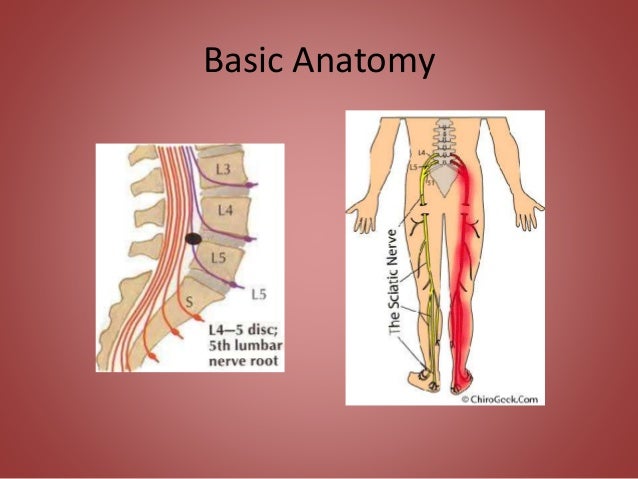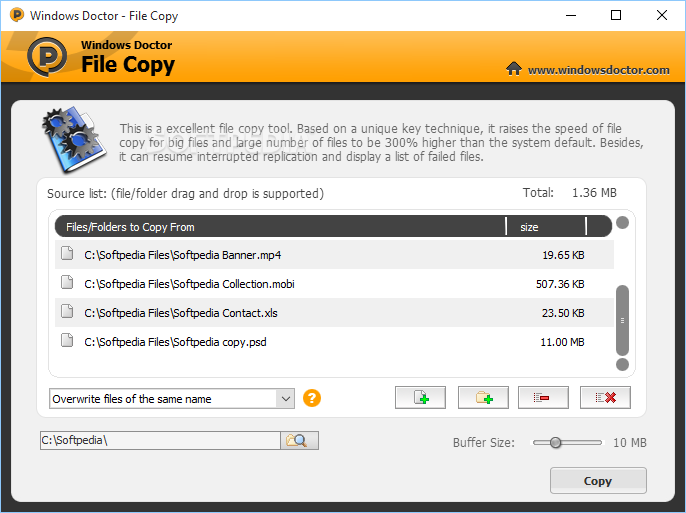

- #DISK DOCTOR VERSUS CLEANMYMAC 3 HOW TO#
- #DISK DOCTOR VERSUS CLEANMYMAC 3 CODE#
- #DISK DOCTOR VERSUS CLEANMYMAC 3 FREE#
- #DISK DOCTOR VERSUS CLEANMYMAC 3 MAC#
Besides, Macs are now Intel-based only, so there's no need to keep PowerPC code in any of your apps.
#DISK DOCTOR VERSUS CLEANMYMAC 3 FREE#
This means that you can clean universal binaries to free up some extra space.
#DISK DOCTOR VERSUS CLEANMYMAC 3 MAC#
It's typical for apps developed for old PowerPC Macs.Īnyway, keeping only the architecture that supports your Mac is totally safe. Some applications are designed to support multiple system architectures, which may double the number of files provided within their binaries. Anyway, you probably use just a few of them, don't you? Therefore, let CleanMyMac deleted those localizations (language files) you don't need to free some space for more useful data. They come preloaded and ready for spontaneous use, allowing you to easily switch between languages within apps and the system itself. Your Mac has a built-in support for over a dozen languages, which are included just in case you might need them. By cleaning your caches, you simply force apps (or the system) to generate new lightweight cache files automatically, when there's a need. However, if cache data is getting stockpiled, the results are just the opposite - slow startups and poor performance. Generally, cache files allow the system to improve startup time and launch your apps faster.

However, they rarely bring any value, especially if generated long ago. These notes are numerous and the amount of space they occupy may be quite impressive. Similarly, user log files are notes created by the apps you use. These logs are mostly used for debugging purposes, that's why deleting them doesn't affect performance or stability of macOS. Now, let's take a closer look at System Junk items.īroadly speaking, system log files can be described as notes that are taken by your Mac to document the way apps and services are running. CleanMyMac selects for automatic removal all files found in the System Junk module, except leftovers and the Module Cache folder in Xcode Derived Data. For the most part, found items are temporary, outdated or unused files, like additional languages, old logs, cache, or extra binaries. After you start the scanning, CleanMyMac 3 runs its algorithms to find unneeded files generated by your macOS and apps. Like any other cleaning module, System Junk can be used as a separate tool or as part of Smart Cleanup. The Safety Database guarantees accuracy and reliability of all cleanup operations, that's why you can click the Clean button without even reviewing smart-select items.
#DISK DOCTOR VERSUS CLEANMYMAC 3 HOW TO#
Basically, this database gives CleanMyMac a list of instructions on how to clean up junk produced by a variety of system and custom apps. Our developers regularly update the Safety Database with rules for new apps as well as verify CleanMyMac's compatibility with current app versions. The Safety Database has accumulated MacPaw's expertise in cleaning Macs and resolving various application compatibility issues. This approach eliminates the risk of losing useful data and is called Smart Selection. The choice is based on sophisticated analytic algorithms and a set of rules provided by CleanMyMac's Safety Database.

These modules scan through all essential locations on your computer and automatically sort out junk or useless data generated during regular Mac usage and daily activities. So, what happens after you click the Scan button in CleanMyMac 3’s Smart Cleanup? Smart Cleanup one-by-one starts all CleanMyMac's cleaning modules, which are System Junk, Photo Junk, Mail Attachments, iTunes Junk, Trash Bins, and Large & Old Files: If you aren’t quite sure how CleanMyMac 3 works on your Mac or what makes it safe to use, this article is for you. Our team has come together to share CleanMyMac 3's Safety 101.


 0 kommentar(er)
0 kommentar(er)
